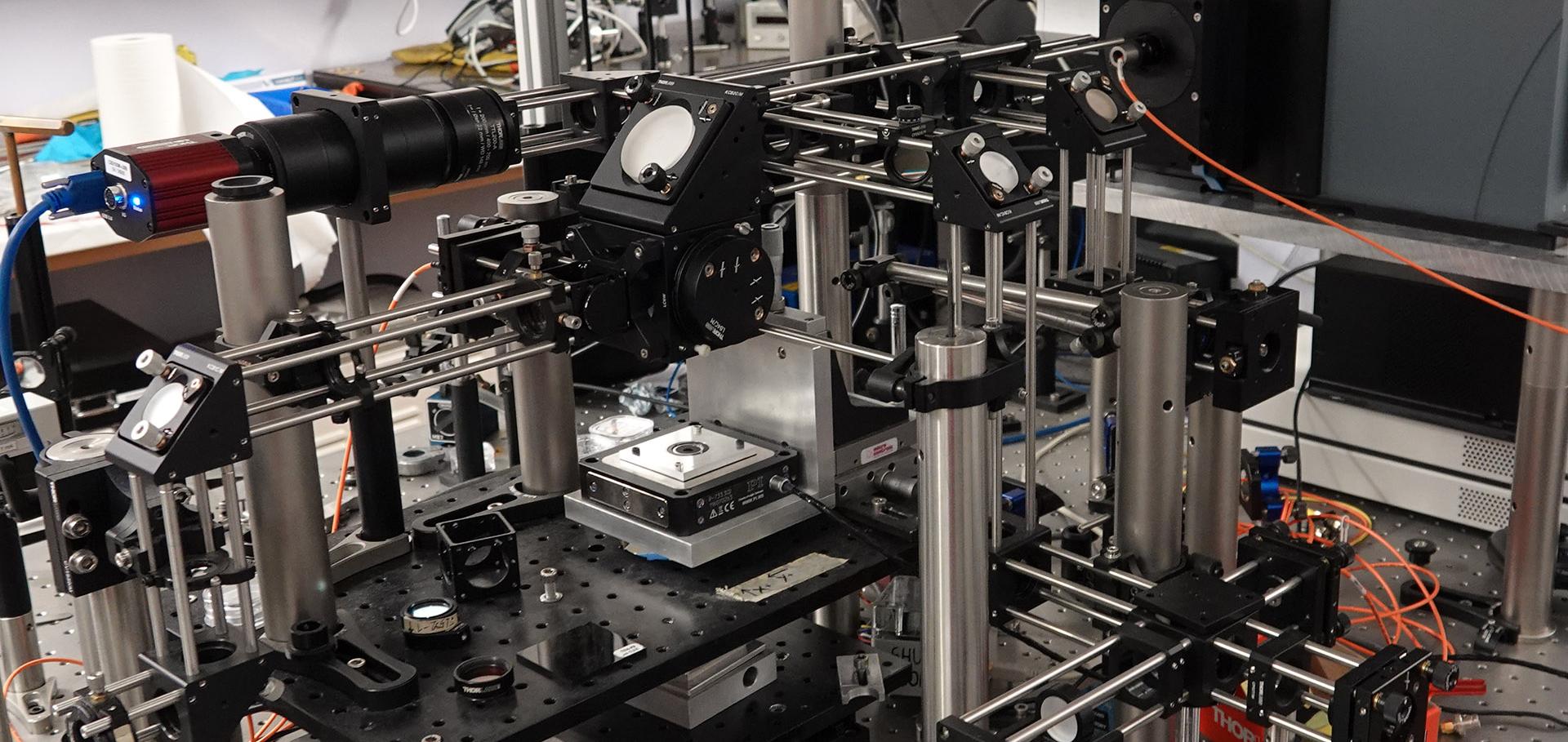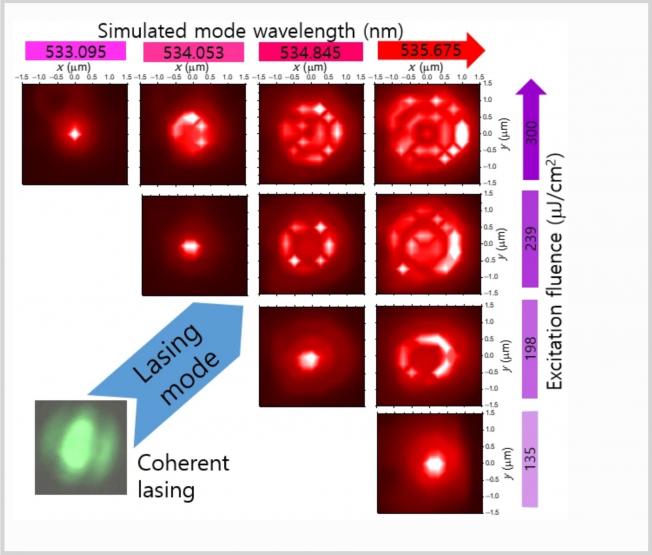CF2-bridged C60 dimers and their optical transitions
ChemPhysChem Wiley 18:24 (2017) 3540-3543
Abstract:
Fullerene dyads bridged with perfluorinated linking groups have been synthesized through a modified arc-discharge procedure. The addition of Teflon inside an arc-discharge reactor leads to the formation of dyads, consisting of two C60 fullerenes bridged by -CF2- groups. The bridging groups consisting of electronegative atoms, lead to different energy levels and to new features in the photoluminescence spectrum. A suppression of the singlet oxygen photosensitization, indicated that the radiative decay from singlet to singlet state is favoured against the intersystem crossing singlet to triplet transition.Biophotonics: A Nanophotonic Structure Containing Living Photosynthetic Bacteria (Small 38/2017)
Small Wiley 13:38 (2017)
Optical fabrication and characterisation of SU-8 disk photonic waveguide heterostructure cavities.
Optics express 25:20 (2017) 24615-24622
Abstract:
In order to demonstrate cavity quantum electrodynamics using photonic crystal (PhC) cavities fabricated around self-assembled quantum dots (QDs), reliable spectral and spatial overlap between the cavity mode and the quantum dot is required. We present a method for using photoresist to optically fabricate heterostructure cavities in a PhC waveguide with a combined photolithography and micro-photoluminescence spectroscopy system. The system can identify single QDs with a spatial precision of ±25 nm, and we confirm the creation of high quality factor cavity modes deterministically placed with the same spatial precision. This method offers a promising route towards bright, on-chip single photon sources for quantum information applications.Deterministic optical polarisation in nitride quantum dots at thermoelectrically cooled temperatures.
Scientific reports 7:1 (2017) 12067-12067
Abstract:
We report the successful realisation of intrinsic optical polarisation control by growth, in solid-state quantum dots in the thermoelectrically cooled temperature regime (≥200 K), using a non-polar InGaN system. With statistically significant experimental data from cryogenic to high temperatures, we show that the average polarisation degree of such a system remains constant at around 0.90, below 100 K, and decreases very slowly at higher temperatures until reaching 0.77 at 200 K, with an unchanged polarisation axis determined by the material crystallography. A combination of Fermi-Dirac statistics and k·p theory with consideration of quantum dot anisotropy allows us to elucidate the origin of the robust, almost temperature-insensitive polarisation properties of this system from a fundamental perspective, producing results in very good agreement with the experimental findings. This work demonstrates that optical polarisation control can be achieved in solid-state quantum dots at thermoelectrically cooled temperatures, thereby opening the possibility of polarisation-based quantum dot applications in on-chip conditions.Organic molecule fluorescence as an experimental test-bed for quantum jumps in thermodynamics.
Proceedings. Mathematical, physical, and engineering sciences 473:2204 (2017) 20170099-20170099



